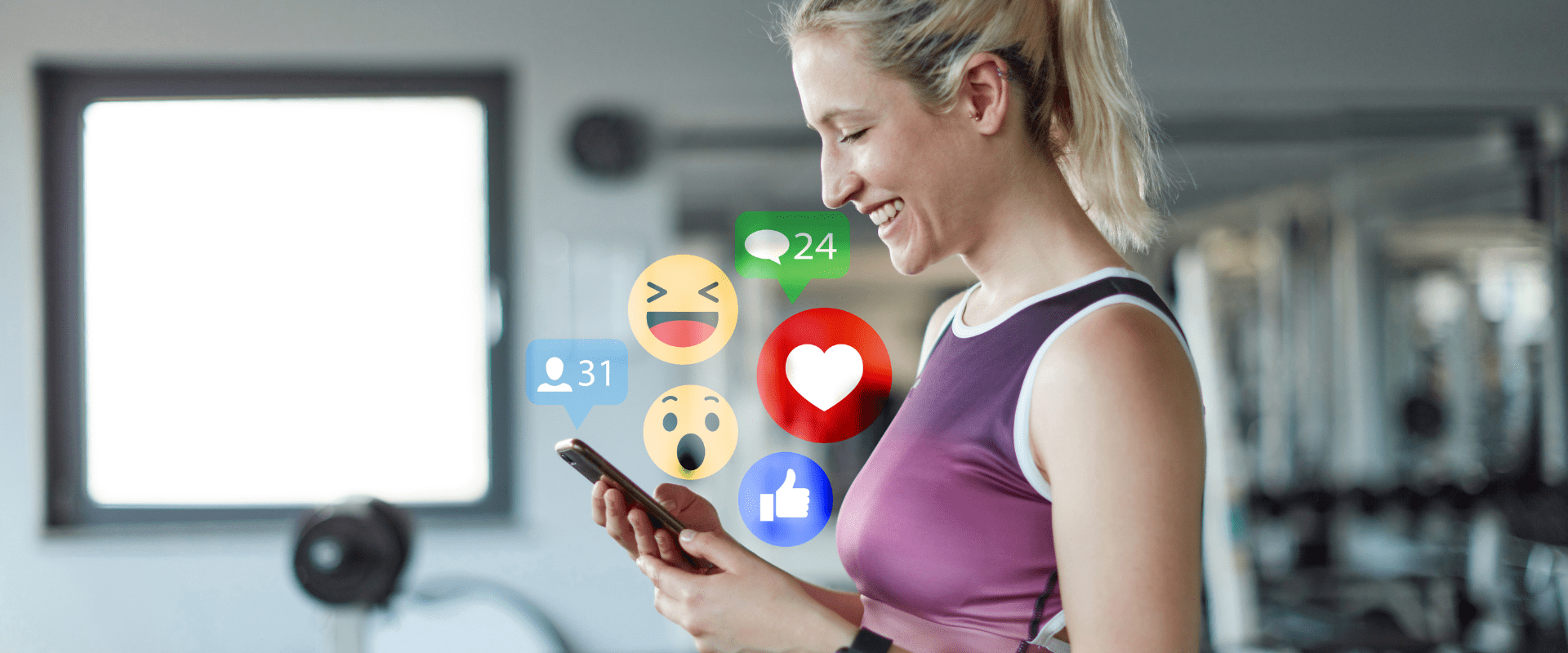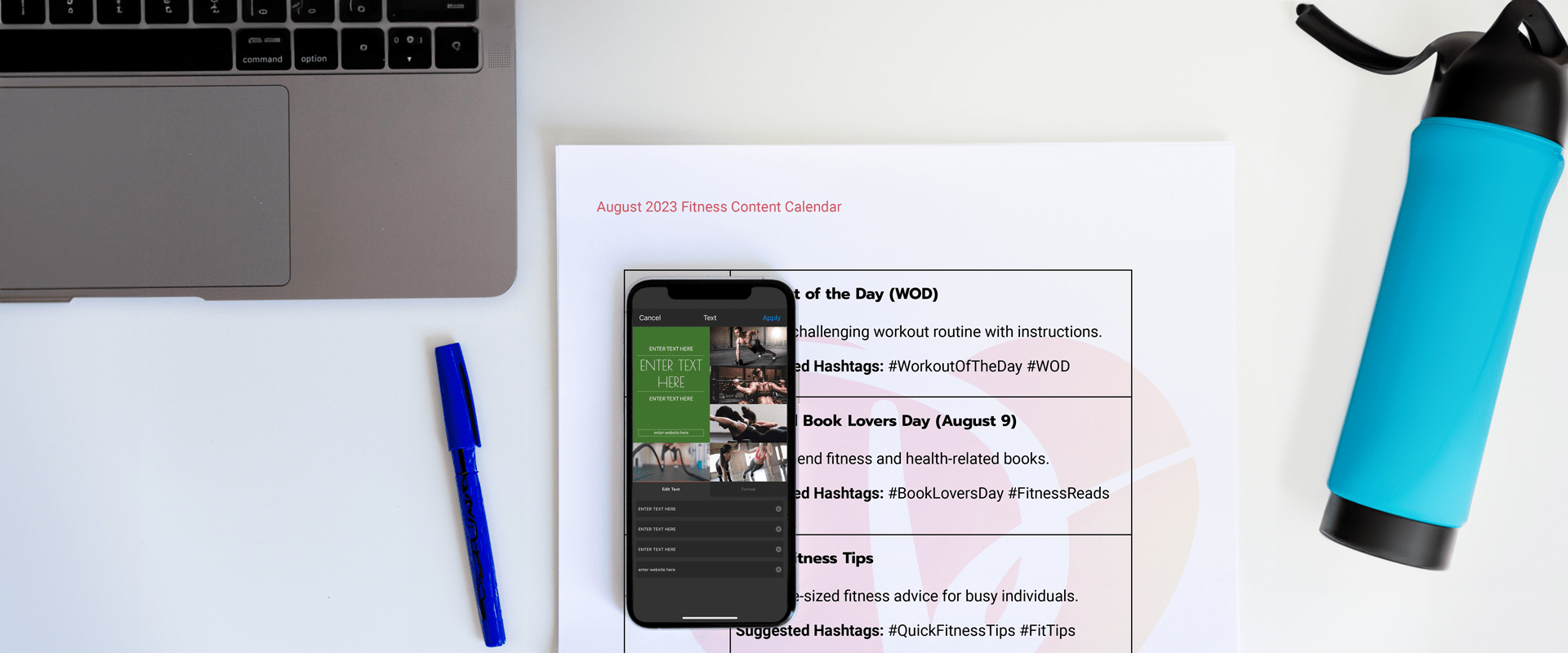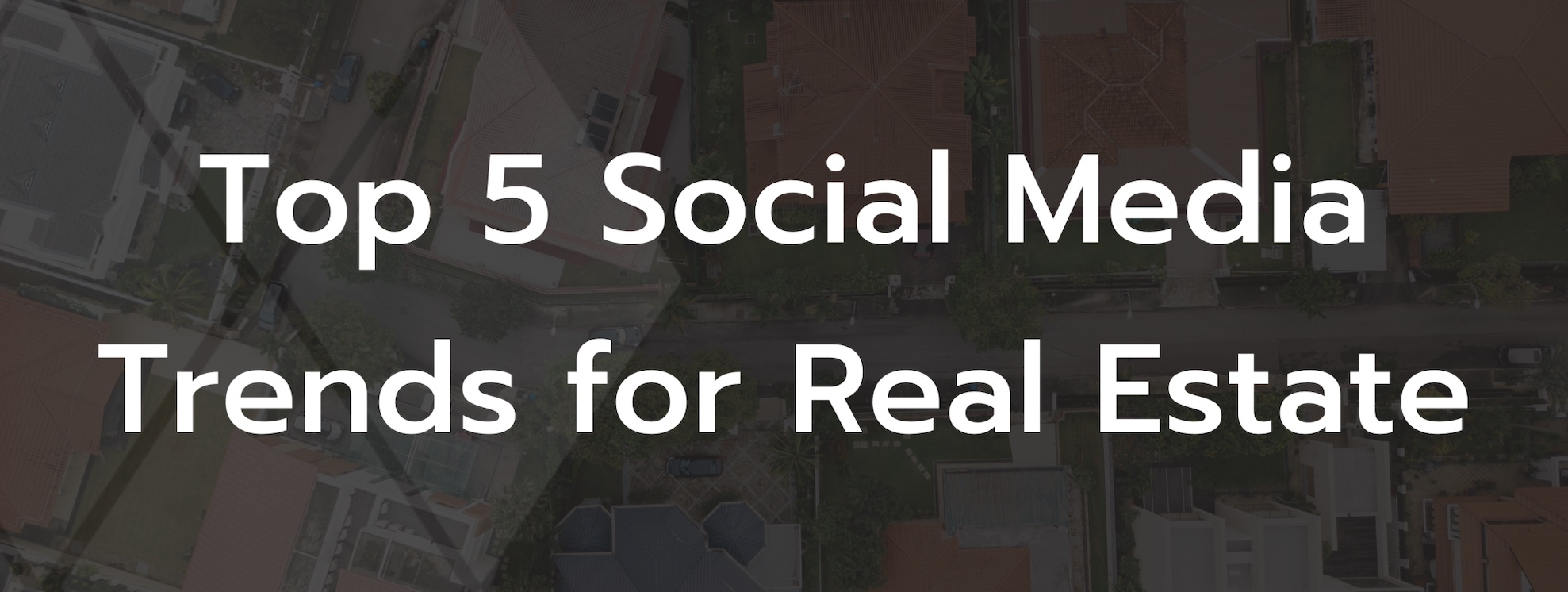A Fitness Franchise Revolution Within The “New Normal”
Stay at home.
While that was likely the most impactful government order we’ve all had to face this year, it was especially feared by the fitness industry.
How did gyms deal with the adapted physical environment we all have been living in over the recent months?
Now that most countries and states have begun reopening procedures, what long-term changes will be visible across the industry?
Fully centered around physical exercise — and with that, traditionally reliant on physical contact — health and wellness clubs across the world were surely among the most heavily affected in the service industry worldwide.
After a strong performance in 2019, expanding by almost 10%, the fitness industry projected continued growth in 2020. Worldwide, 200,000 fitness clubs were serving almost 200 million people and generated $100 billion USD in total revenue.
Lockdown begins
Here in the United States, once most states had put stay-at-home orders in place around the beginning of April, all clubs had to close their brick-and-mortar facilities. Gym owners were now facing an unforeseen challenge. How would they be able to continue serving their customers and generate revenue without offering in-person services?
While many companies and schools were able to easily transition to remote operation, the fitness industry was looking for a way to provide their services — centered around the physical body — in a non-physical, remote manner.
Popular “COVID tools” like Zoom and Google Meet were mainly designed with the enterprise customer in mind, allowing quick and easy access to virtual meetings, screen sharing, and meeting recordings. At first glance, those systems did not seem flexible enough, and thus not optimal for virtual fitness training.
However, by relying on their customers’ familiarity with those tools through work and school, fitness clubs were actually able to deliver authentic, personal coaching sessions. In modern days of Smart TVs and wireless media casting, customers could follow along on larger screens, making the entire experience even more realistic.
By nature of the sessions being remote, coaches were able to offer training sessions, tailored to the customers specific needs and schedule. Whether strength training, yoga, or cardio, workouts could be focused exactly on what the customer was looking for, completely independent of gym equipment availability.
Some had their coaches pre-record personal training sessions, allowing customers to stream their choice of professional workouts on demand.
Even group sessions were made possible through larger video calls. By creating a sense of virtual community, gym friendships could continue, and workout sessions were almost as fun as before. Interaction and motivation are a huge part of what keeps people on track, and group sessions are the best way to enable that and encourage the sharing of workout tips and videos, new routines, etc.
As most people were working from home, maintaining mental health was key to success in the new workflow. To many of us, fitness is our way to gain mental clarity and to truly shut off from the stress of our daily life. With gyms closed, home workouts were the perfect way to make quick work breaks and stay mentally healthy, from the comfort of our home.
Prefer to exercise outside? Some clubs were able to successfully pivot to socially distanced outdoor workouts. Spread across parks and other public places, instructors began delivering various fitness sessions, attracting customers with an exciting open-air workout experience.
However, while outdoor exercise may seem like a great alternative, some gym franchises like Planet Fitness, one of the country’s largest gym franchises, announced that members and visitors working out in their clubs will have to wear masks. But what about casual gym-goers, not specifically looking for personal training, and outdoor experience, or for medical reasons, cannot wear a mask for extended periods of time. Those customers were now also in need of a way to continue their workouts.
Enter: The home workout. Equipped with yoga mats, many fitness enthusiasts were eager to replace the machines at their local gym with quick, intense bodyweight workouts. Depending on budget, newly purchased home workout equipment could turn a home into a complete personal gym for the entire family.
Mobile fitness apps registrations have increased dramatically, and the number of online workout videos seemingly doubled across Instagram and Facebook.
Ever since this pandemic broke out, many gyms have been relying on the power of social media to promote their offerings and share content across different platforms.
Here at Photofy, our partners in the fitness industry including Life Time Fitness, F45, and Burn Boot Camp, used our platform to easily create attractive promotional content in less than 30 seconds, to share with their community and keep customers up to date on their continued operations.
It is their consistent communication on social channels that allowed our partners to bounce back and master this difficult time.
“46% of survey participants stated that they intend to make virtual classes a regular part of their routine” – Forbes
Lookout
Now that many US states have progressed far in the reopening procedures, what lasting changes can be observed in the fitness industry?
Since a majority of people are fortunately continuously practicing social distancing — after all, COVID-19 numbers are still rising — the home workout is likely not going anywhere anytime soon. Although many businesses have reopened, most of us are still working remotely, relying on the added convenience of virtual sweat-burning sessions in our familiar living rooms, and that doesn’t look like it will change in the near future.
If we do end up getting over these *viral* times eventually, most fitness clubs will likely continue offering some sort of virtual workout program in a similar way. There are people that only went over the initial “motivational hump” of engaging in physical exercise because they could do it from the intimate comfort of their homes.
Using Photofy, you and your business can make sure you come out of this pandemic stronger than ever before. Create exciting content with our advanced mobile creation platform, distribute common branded assets among your team, and share your creations with your customers, quickly and easily, right from the Photofy app. Keep your community engaged and up-to-date by continuing your communication throughout the reopening phase.
Also, consider retaining all of your customers that enjoyed their virtual home workouts by allowing them to continue living a healthy lifestyle using their workout mode of choice. You’ve spent all this time figuring out how to adapt to a remote environment, why discontinue your virtual offerings? Through social communication, you can make sure you’re not losing out on any of your new and old customers!



